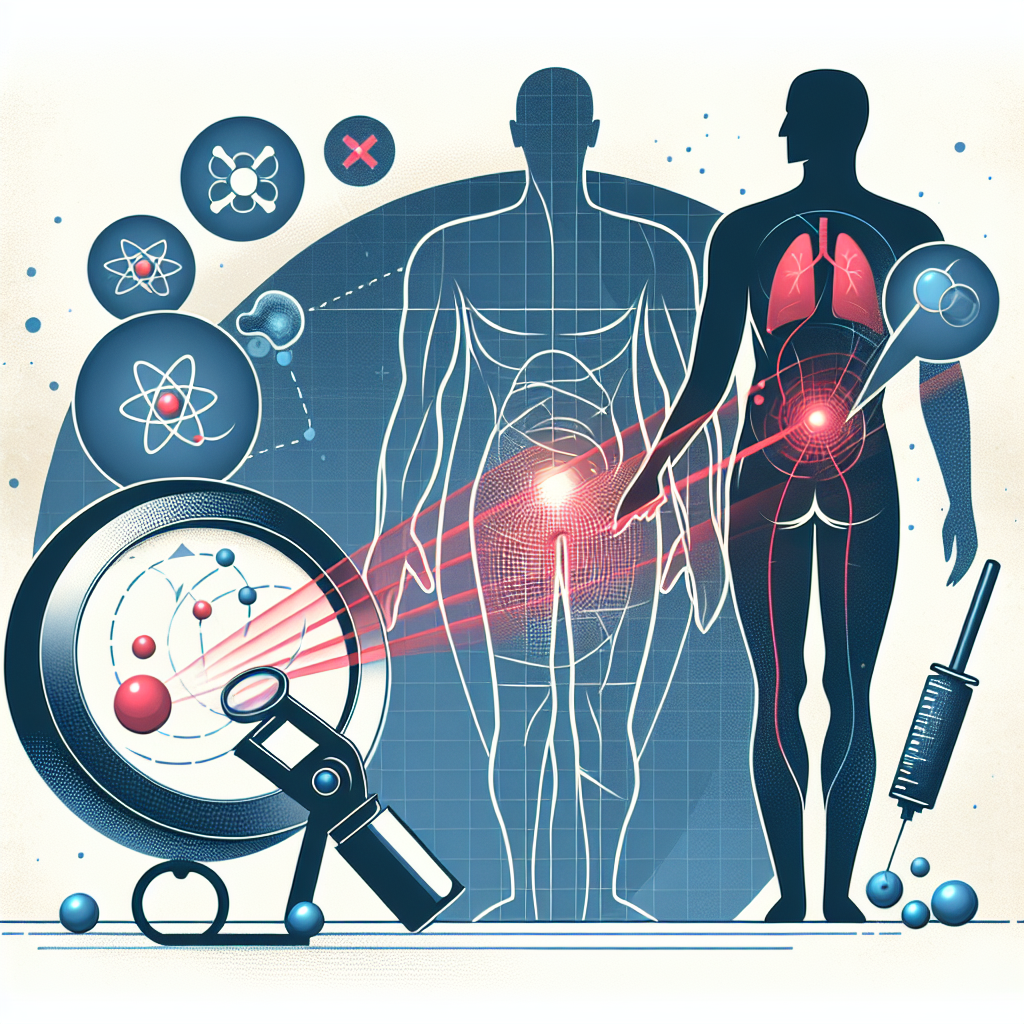Many patients ask, “can laser lipo cause cancer” when researching body-contouring options, and it’s an understandable concern. This article reviews the different types of laser-assisted fat reduction, what the scientific literature and regulatory bodies say about long-term safety, common complications, recovery expectations, and realistic results so you can make an informed decision.
Understanding laser-assisted fat reduction: types and how they work
Laser lipolysis (often called laser lipo) covers a range of procedures that use focused light energy to heat and break down fat cells or to assist traditional liposuction. Common approaches include:
- Invasive laser-assisted liposuction (e.g., SmartLipo) — a small cannula delivers laser energy directly under the skin to liquefy fat before suctioning it out.
- Noninvasive laser fat reduction (e.g., external diode lasers) — devices heat subcutaneous fat through the skin to cause gradual fat cell death with no incision.
- Energy-based alternatives — radiofrequency, ultrasound, and cryolipolysis use different energy types but aim for similar contouring goals.
Does laser lipo increase cancer risk?
Current evidence does not establish a causal link between laser lipolysis and cancer. The mechanisms by which cancer develops are complex and typically involve genetic mutations, chronic inflammation, or exposure to known carcinogens. Laser lipo’s thermal effects target fat cells and surrounding connective tissue but have not been shown in clinical studies to induce malignant transformation. Major reviews and patient information pages that summarize procedure risks tend to focus on burns, infection, and contour irregularities rather than oncogenic risk. For a concise overview of liposuction-related risks and safety considerations, see the MedlinePlus overview of liposuction risks.
Can laser lipo damage organs or cause deeper harm?
Questions such as can laser lipo damage organs are important. Direct organ injury is extremely rare with properly performed laser-assisted procedures. Most reports of internal organ damage relate to aggressive traditional liposuction when cannulas are inserted too deeply; laser energy itself is typically applied in subcutaneous layers. However, potential complications to be aware of include:
- Thermal burns to skin or subcutaneous tissue from excessive energy delivery.
- Infection at incision sites or where fat is removed.
- Nerve irritation or temporary numbness in treated areas.
- Seroma (fluid accumulation) or hematoma formation.
Who is at greater risk?
Patients with larger treatment areas, significant medical comorbidities, bleeding disorders, or those undergoing procedures by inexperienced providers face higher complication rates. Choosing a board-certified plastic surgeon or experienced practitioner reduces the chance of severe adverse events.
Recovery timeline and what to expect
Recovery varies by procedure type and individual factors. Typical phases include:
- Immediate (first 48–72 hours): mild to moderate swelling, bruising, soreness; many can perform light activities within a few days.
- Early recovery (1–3 weeks): swelling gradually subsides, compression garments reduce fluid buildup and improve contour.
- Late recovery (1–3 months): most swelling resolves, results become more defined; minor irregularities may smooth over several months.
Follow-up visits, proper wound care, avoiding smoking, and adhering to activity restrictions all support better healing and reduce complications. Post-procedure skincare that supports skin health can help, and some patients prefer gentle, eco-friendly products; learn more about sustainable skincare choices at eco-friendly skincare and sustainable products for healthy skin.
Expected results and longevity
Laser-assisted techniques can produce noticeable contouring with potentially less downtime than traditional liposuction in select areas. Results are most durable when combined with a stable weight, regular exercise, and healthy nutrition. Expect modest to significant circumference reduction depending on the area treated, the amount of fat removed, and your skin’s elasticity.
Pros and cons (quick list)
- Pros: targeted contouring, often less invasive, some skin-tightening effect, quicker recovery for some methods.
- Cons: not a weight-loss solution, possible burns or contour irregularities, variable results, and rare but serious complications if performed improperly.
Practical safety tips before choosing laser lipo
To reduce risks and increase satisfaction:
- Consult a board-certified plastic surgeon or qualified specialist and review before-and-after photos.
- Ask about device type, energy settings, and complication rates for that provider’s procedures.
- Disclose your full medical history and medications, including supplements that affect bleeding.
- Follow pre- and post-operative instructions closely, including compression use and activity limits.
Frequently asked questions
Q: Can laser lipo cause cancer?
A: There is no strong evidence that laser lipolysis causes cancer. Research and authoritative patient resources focus on mechanical and thermal complications rather than oncogenic risk. Long-term surveillance continues, but current data do not indicate a causal relationship.
Q: Can laser lipo damage organs?
A: Direct organ damage from laser energy is very uncommon when procedures are performed correctly. Most serious internal injuries reported in the literature are associated with deep cannula penetration during aggressive liposuction rather than the thermal component. Choosing an experienced provider minimizes this risk.
Q: How can I minimize complications?
A: Select a qualified surgeon, follow pre/post-op care, maintain realistic expectations, and report any signs of infection or unusual pain promptly.






